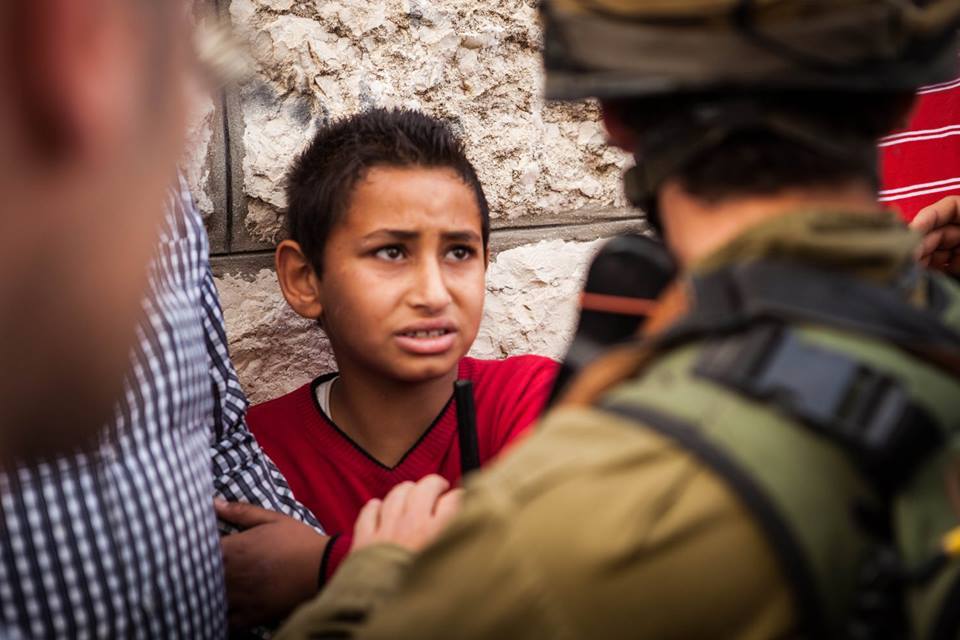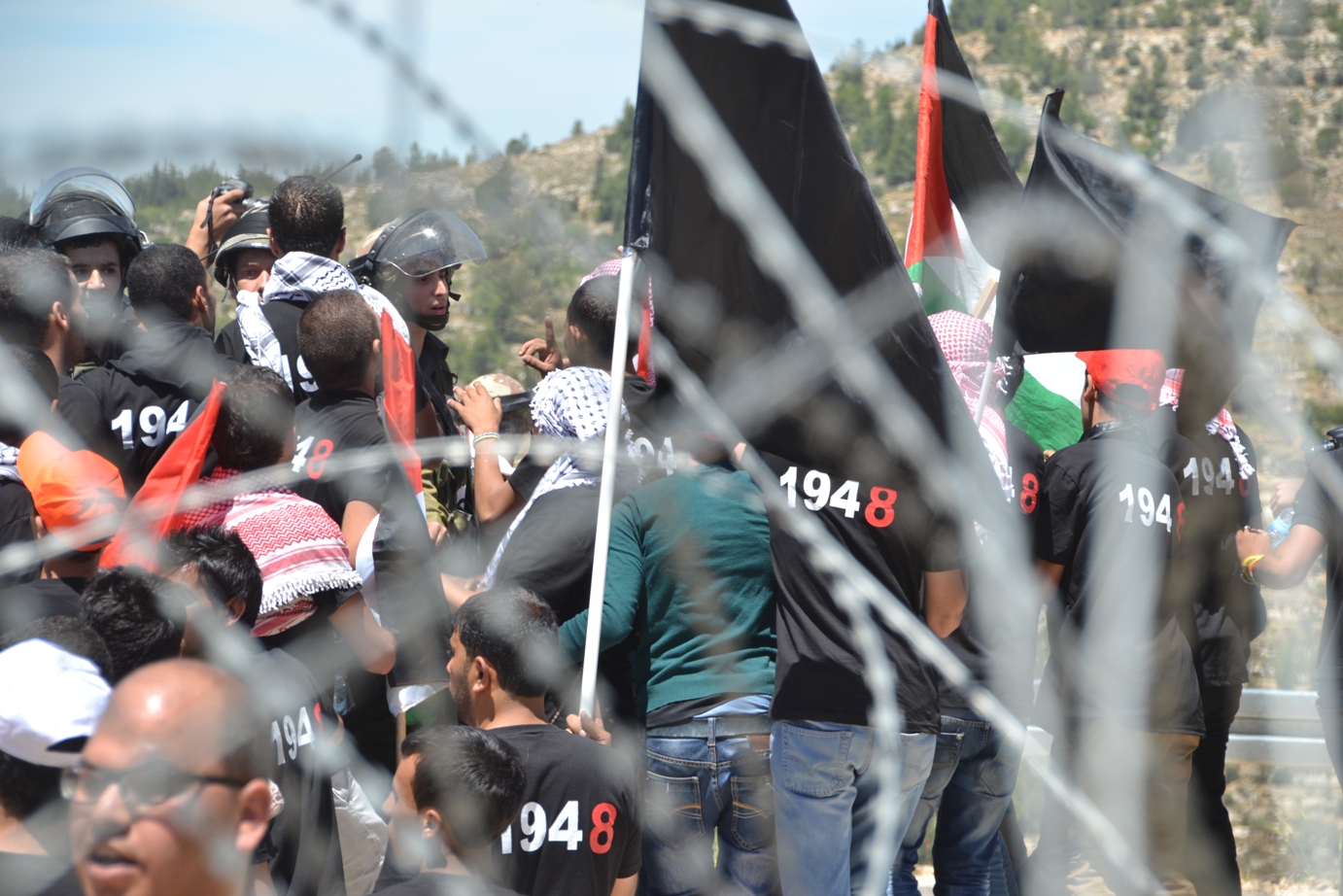Tag: Sound Bomb
-
VIDEO: One month for schoolchildren in Hebron: stun grenades, tear gas, and detentions
5th June 2014 | International Solidarity Movement, Khalil Team | Hebron, Occupied Palestine For children in al-Khalil (Hebron), the journey to school can be filled with fear, fear of Israeli soldiers, of military weapons, detentions, and arrests. The violence is all too real in this city, and it is unfortunately not an uncommon experience for children, some as young…
-
VIDEO: Israeli forces fire tear gas and stun grenades at children in Hebron
21st May 2014 | International Solidarity Movement, Khalil team | Hebron, Occupied Palestine This morning in al-Khalil (Hebron), several children threw stones towards Checkpoint 29 on their way to school. At approximately 07:40, 13 Israeli soldiers and border police officers entered through the checkpoint and fired four tear gas grenades and four stun grenades at the children. The…
-
Nakba Day demonstration in Al Walaja: “Al Walaja is one of the symbols of the past and present displacement”
16th May 2014 | International Solidarity Movement, Nablus Team | Al Walaja, Occupied Palestine Yesterday 15th May, villages from Al Walaja marched for their right of return, on a day marking the 66th anniversary of the Nakba (catastrophe in Arabic). The demonstration was met with violent repression from Israeli forces with many tear gas canisters fired…



